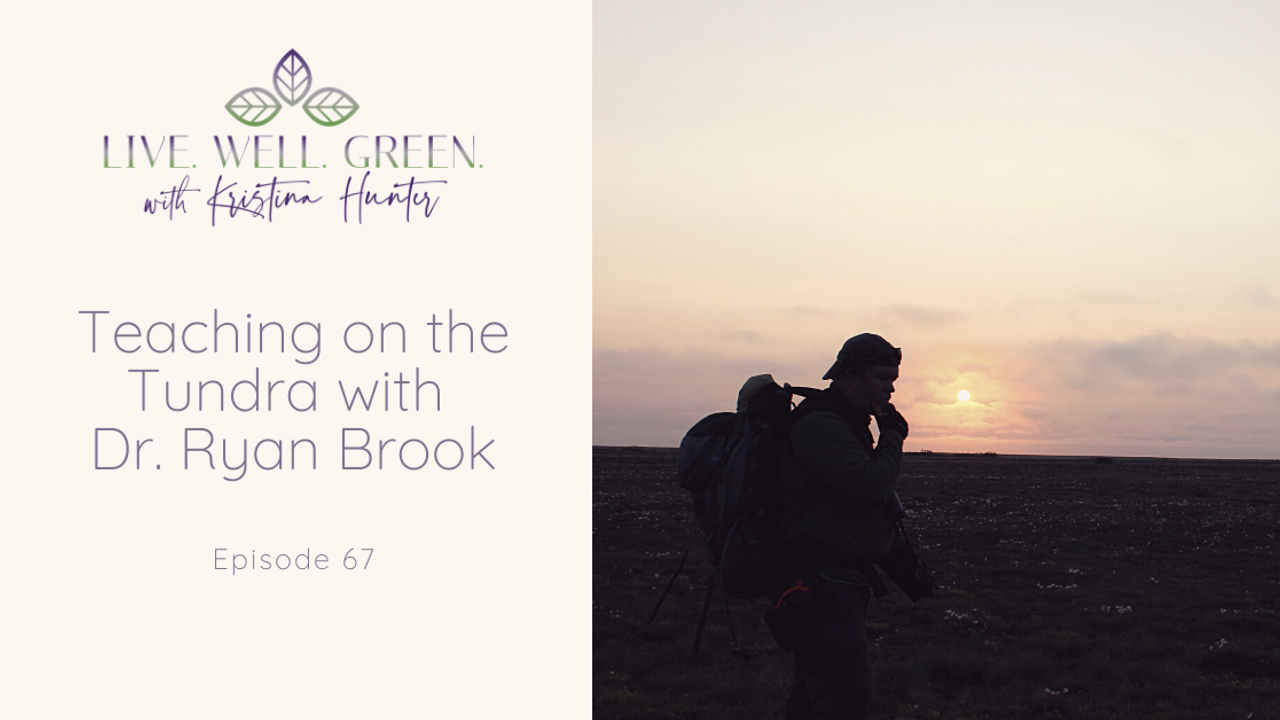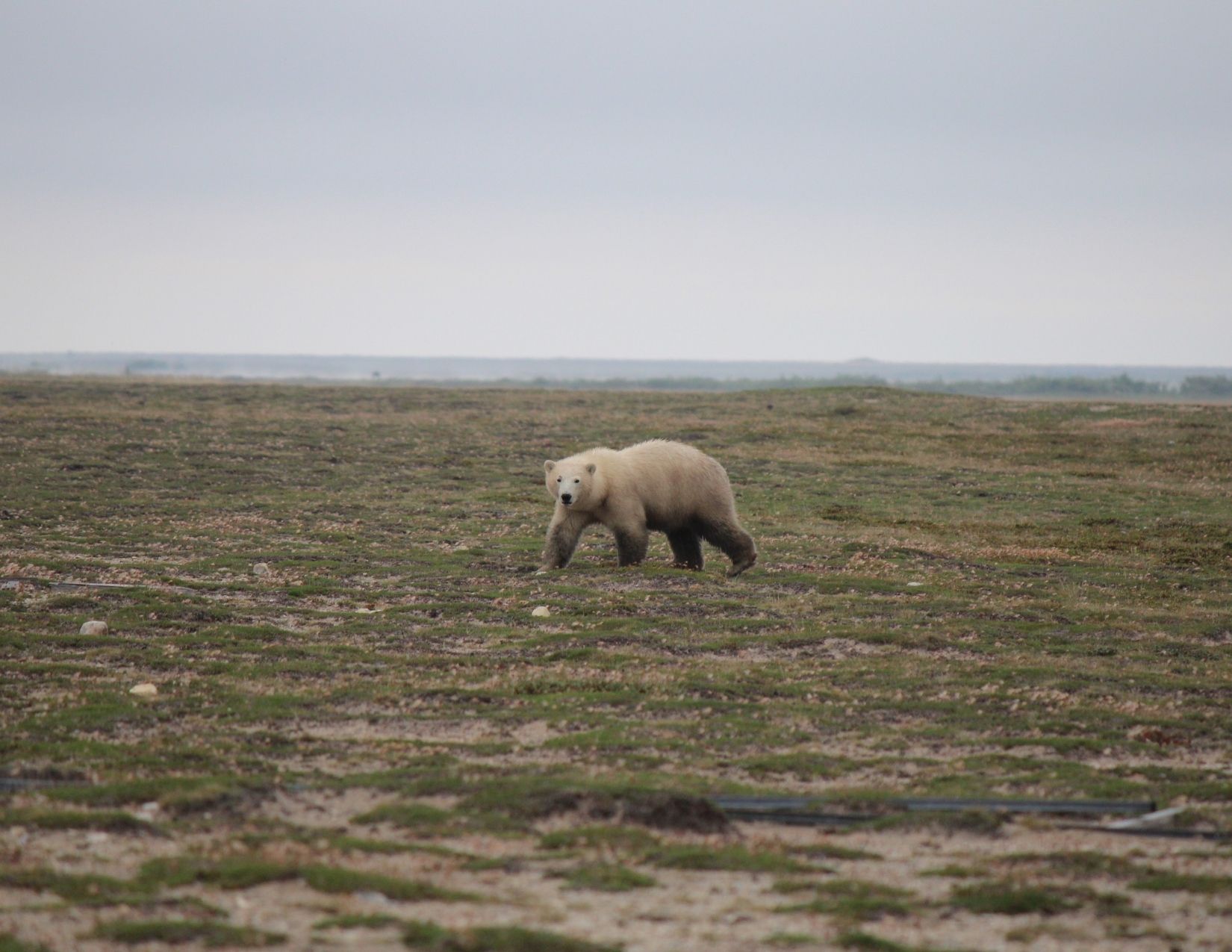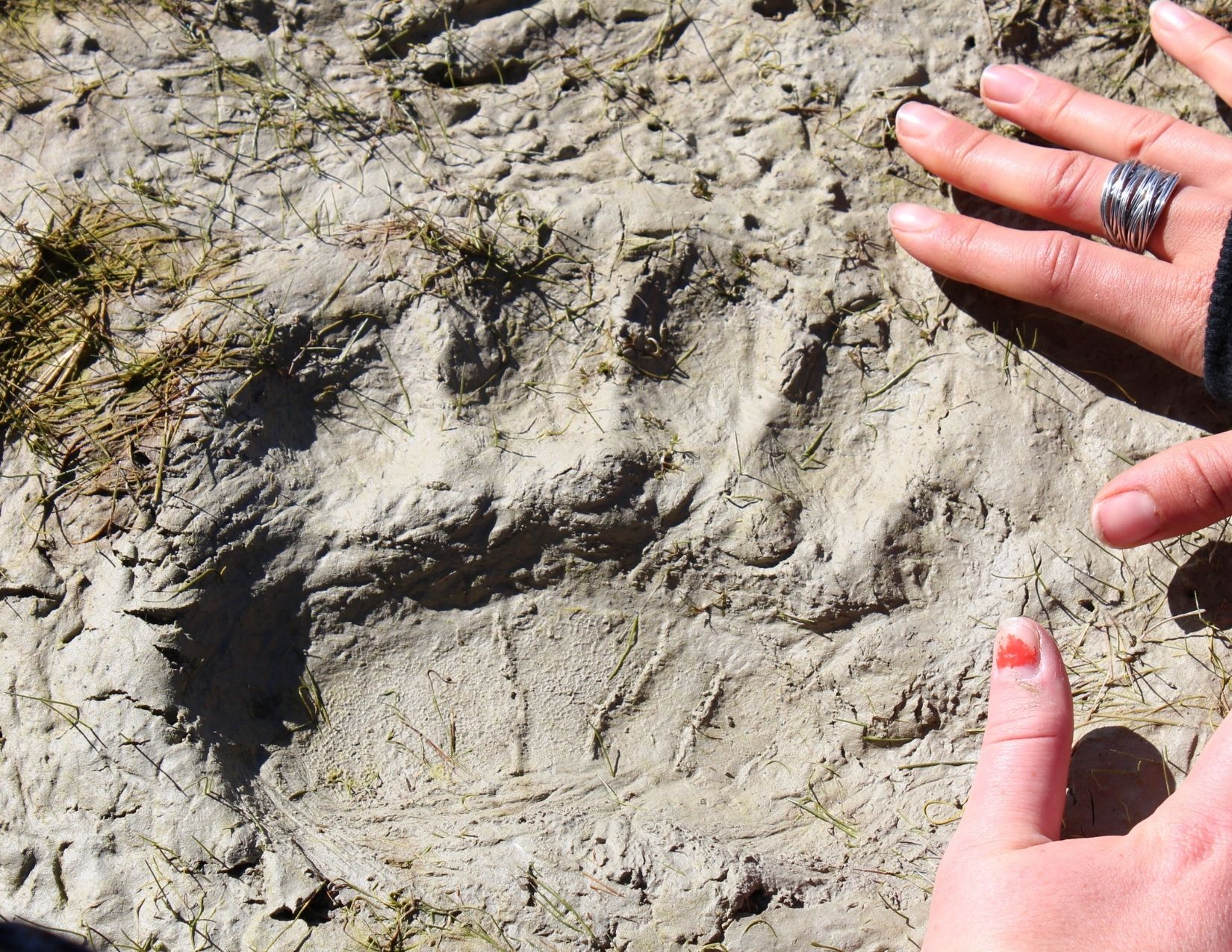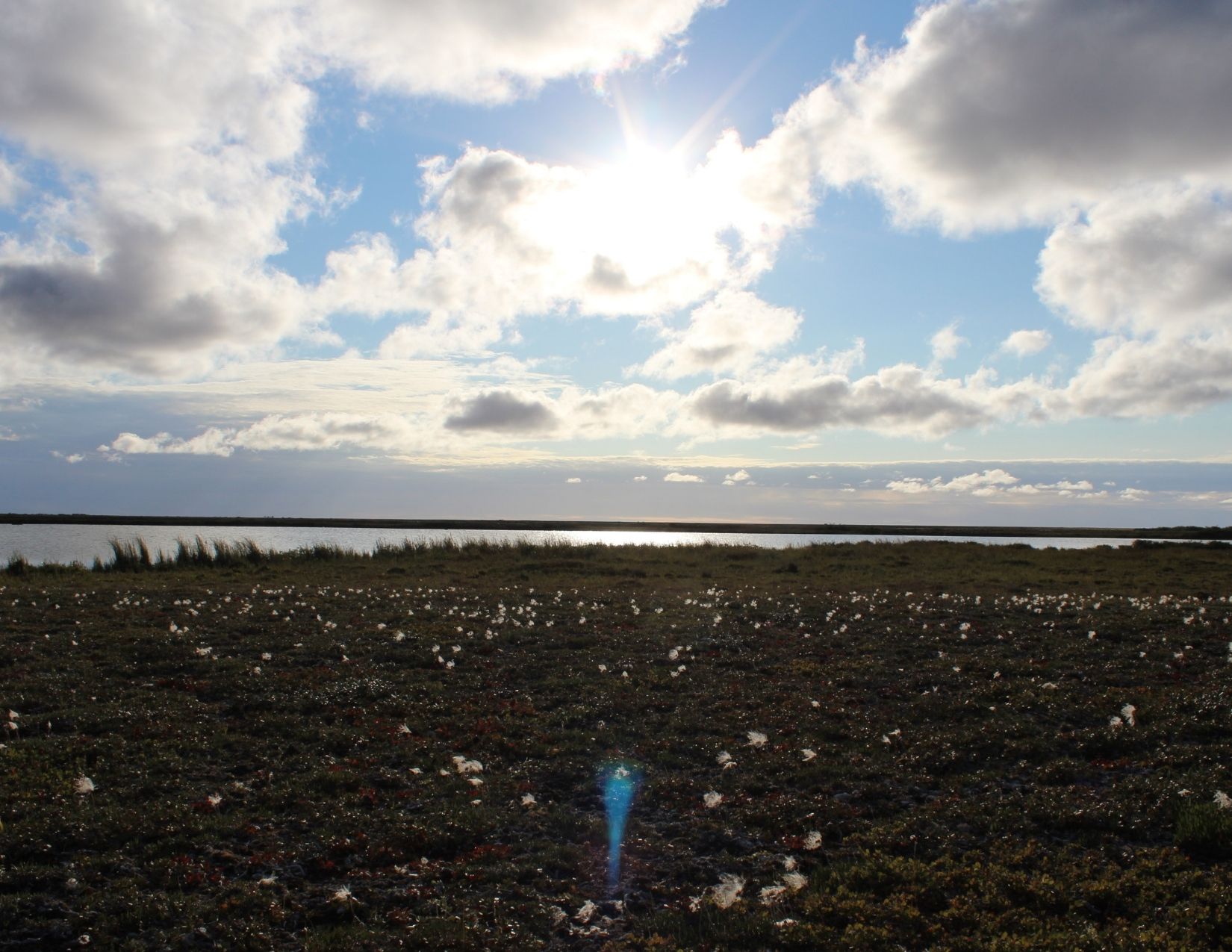Teaching on the Tundra with Dr. Ryan Brook

"This course changed my life." That is what I heard repeatedly from students who returned from their 2 week experience on the tundra with my former classmate and now colleague, Dr. Ryan Brook. I was intrigued. I don't care how great a teacher you are, it is pretty rare to have students say that your course changed their lives.
But here were multiple students each year professing this same message to me after their tundra experience. And then, I got the phone call that would change my life, and my husband's life and make it so much richer - all while doing crazy amounts of work for long hours and virtually no pay.
And I loved it.

Dr. Ryan Brook, University of Saskatchewan, Associate Professor
Of course, that phone call was from my former classmate, Ryan Brook. Ryan was now teaching a version of the course that I took when he was the teaching assistant, called Wildlife and Ethnoecology in the Manitoba Coastal Region. What a mouthful that was, but it was a great course, especially with Ryan leading it. The course now runs as Field Studies in Arctic Ecosystems and Aboriginal Peoples credit course out of the University of Saskatchewan with Dr. Ryan Brook making it happen.
In our conversation, Ryan gets into what motivated him to mount this logistically challenging field course, and why he wants to keep on doing it until he's "at least 70 years old or so." We talk about why this type of experience is so transformative for students, and what it has meant for us, as Instructors.

Polar Bear in Wapusk National Park, photographed with zoom lens from within fenced field camp.
Sure, it might be the chance to see a polar bear in the wild, or perhaps the opportunity to be in a place so vast and remote that you and your group may be the only inhabitants in the 11,475 km2 park. But what people come away with is often unexpected. It has to do with experiencing the land and the animals in a slower and less intrusive way. It is about feeling the full force of the wind off the arctic ocean or enjoying a break and watching caribou slowly moving towards you.

Students observe caribou in Wapusk National park.
What do the logistics look like?
Who wouldn't want to learn out in the remote field camp of Wapusk National Park with no one around except the wildlife and horizon in all directions? Well, students have to be prepared to stay in a rustic little camp, fenced with heavy poles and 10 feet of wire mesh to keep the polar bears from wandering in for a visit.

Polar bear paw print in dry lake bed, Wapusk National park.
The classroom is the open tundra and the lessons are all based on in-field learning. Students set up small doable research projects with guidance from Ryan and myself when I was part of the course, and managed to gather some pretty incredible information in the short undergraduate field course.

The Wapusk classroom.
Along with their projects, students also spend time with local Indigenous Elders, learning about the town of Churchill and its eco-tourism operations, especially with the fabulous Sea North Tours, as well as the myriad of learning that comes from spending time in the remote wilderness with about 2 dozen other people.
When not in Wapusk, students stay at the Churchill Northern Studies Centre (CNSC) located about 30 km east of the Town of Churchill by road, which today is a modern and sustainable green building on a former rocket range site, and steeped in history. It is remote and yet comfortable and equipped with lab facilities for accommodating all kinds of biological research and handling the safety of its visitors as well.
Not only does CNSC do an amazing job of hosting and conducting research in the area, but it also accommodates learning vacations and tours for travelers who want to learn from the unique environment of the Hudson Bay lowlands.
Get involved through Citizen Science!
If you have had the chance to visit Churchill, you know how special this remote little town is, but even if you have not had the chance to visit, you can still get involved in some of the current research going on in the area. Ryan and his colleagues have been doing multiple citizen-science projects and presently have one called The Arctic Bears Project where citizens can help with analyzing images from trail cameras set up in Wapusk National Park. Yep, help them to identify what is in the image: polar bear, caribou, wolves, wolverine, grizzly bears and the like have all appeared on these trail cameras.
It is a great project for arctic enthusiasts and for citizen scientists of all ages! Head over to Zooniverse to participate. You can learn more about other citizen research projects another example of which is the annual Christmas Bird Count.
Stay connected with news and updates!
Join my mailing list to receive the latest news and updates. Your information will not be shared.



